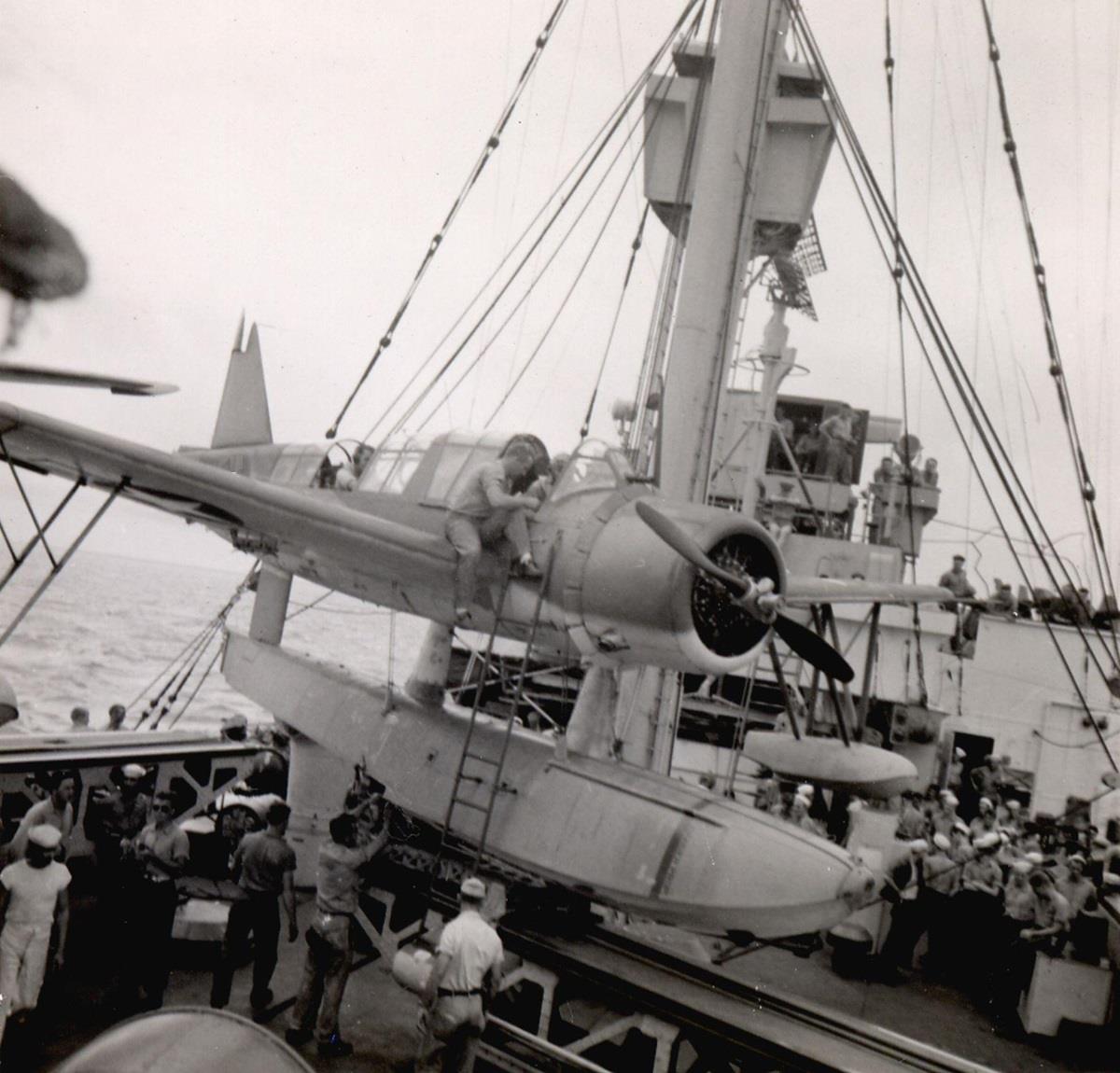The Panagaean Navy had noted the Royal Navies use of monitors. Those short ranged, slow vessels would not be suitable in the Pacific. The war would be over before they got to the front line. What was needed was a faster vessel with a decent range. Something about the size of a light cruiser but broader to mount bigger guns. The Royal Navy, on the Glatton class, had sleeved down the 9.4" to the standard 9.2" standard. In doing so they strengthened the barrel so that with a double charge the guns could fire 39,000 yards, an exceptional range. Panagaea had never used the 9.2" gun size but plenty of shells for them were scattered all over the Commonwealths magazines, there were even some at Retribution for any Royal Navy ship that might need them. To the Admiralty it made sense to sleeve the 10" down to 9.2" as this would strengthen the barrels and allow for double charges to be used. When this work was completed and the guns were under trials, they achieved nearly 40,000 yards. The Panagaean Navy had its long ranged monitor. For accuracy when firing these distances the ship was fitted with its own spotter aircraft. Only two twin turrets were available and both were fitted to the Gorgon.
The Gorgon was fully employed in coastal patrols where its shallower draught let it get closer to land than the other craft with big guns. Its aircraft also made a difference on these patrols, the aircraft being able to fly over coastal areas not visible from the sea. 1939 and the Gorgon is sent to Britain to support the seaward end of the Allied line.
You may notice that this drawing is late 1942, and the Gorgon retains its aircraft handling facilities, where most ships have had theirs removed. As good as radar is becoming, it can not see inland 40 odd thousand yards. To use the guns maximum range requires the spotter aircraft. (And Allied air superiority.)
The Gorgon has spent its war in the European theater. It has survived the Fall of France and Dunkirk where it received bomb damage and went to Belfast for repairs. It was then sent round the bottom of Africa and the Cape of Good Hope to join the Mediterranean Fleet at Alexandria, with other monitors, to support the Army. along the coast of Egypt then Libya. Greece and Crete followed, with another stint along the coast, Tobruk, as the 8th army is pushed back into Egypt by Rommel's Afrika Corps. The Gorgon has witnessed the loss of many fine ships, soldiering on itself, the worst damage it had received being splinters from near misses. Pearl Harbour and suddenly the losses to the Allies go from bad to worse. Malaya is gone, The Dutch East Indies with their oil reserves and strategic position, gone. Japanese troops are knocking on the door of India. Six months of disasters, then the worm turns. June 1942, Battle of Midway, the Allied carriers wipe out the Japanese Carrier Strike Force, sinking five carriers and some of the invasion force. August 1942 and the Russians start the siege of Stalingrad that will lose the Germans its 6th Army Group and the many thousands of irreplaceable troops. Hitler's 'stand or die' order showing how little he really understood of warfare. Also in August 1942, the Allies land on Guadalcanal, capturing and holding Henderson Airfield and starting another long and protracted set of battles with horrendous ship losses on both sides. October 1942, El Alamein and General Montgomery finally decides he has enough of an advantage over Rommel and attacks, slowly rolling back the Afrika Corps. To make matters worse for Rommel, the Allied Torch Landings at the other end of North Africa take place and suddenly he is between a rock and a hard place. It is just a matter of time before North Africa is cleared out. Gorgon is part of the seaward end of El Alamein, bombarding any German positions silly enough to be too close to the coast. Calling themselves the '1st Bombardment Group', the Gorgon, HMS Erebus, HMS Destruction, HMAS Cassowary, and a couple of the Insect class gunboats. These ships kept the coast road and up to 15 miles inland free of German/Italian troops. December 1942 and the Gorgon is withdrawn from the front for a major refit to replace all the minor weaponry with twin 40mm Bofors with off mounting predictors. On completion of its refit, the Gorgon is sent to join Allied forces operating around the Solomon Islands where it will be in its fire support role. The Allied Island hopping campaign gets well under way with the Gorgon participating with its long range guns providing excellent service. The Gorgon, survives the Island Battles to end up in Tokyo Bay watching the Japanese surrender aboard the Missouri. Gorgon then spends time on troop repatriation duties. The ships next duties will be as a training ship and part of the Coastal Forces Command, patrolling the long coastlines of Panagaea. 1950 the Gorgon is returned to front line duties, and with other ships from Panagaea, is sent off to fight in Korea. No sooner than that battle is finished when the Gorgon is sent to the South China Sea to chase pirates. There its long range guns came as a nasty shock to the pirates who had their bases up rivers and out of reach of the guns of the gunboats that normally chased them. Having its spotter aircraft up the Gorgon would destroy the pirates boats a long way inland. Arriving back in Panagaean waters, the Gorgon resumes its training ship duties. 1960 and the old ship needs a complete overhaul of systems which the Navy decides is too much, and the Gorgon is deleted from the navy lists, then sold for scrap.
